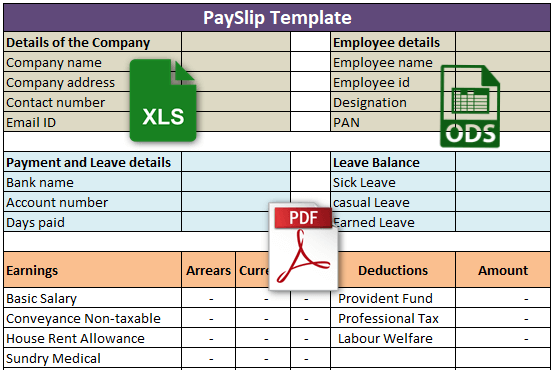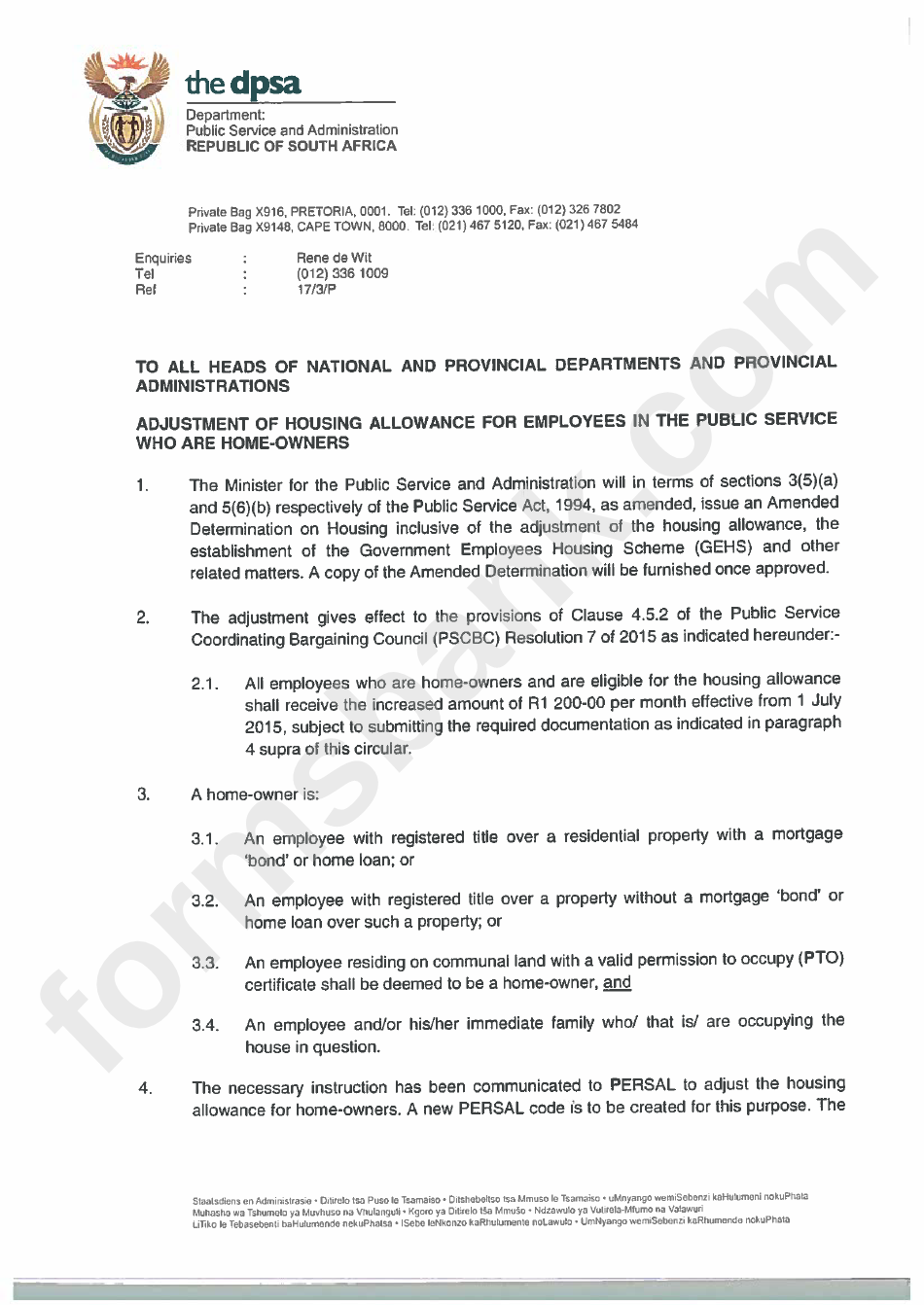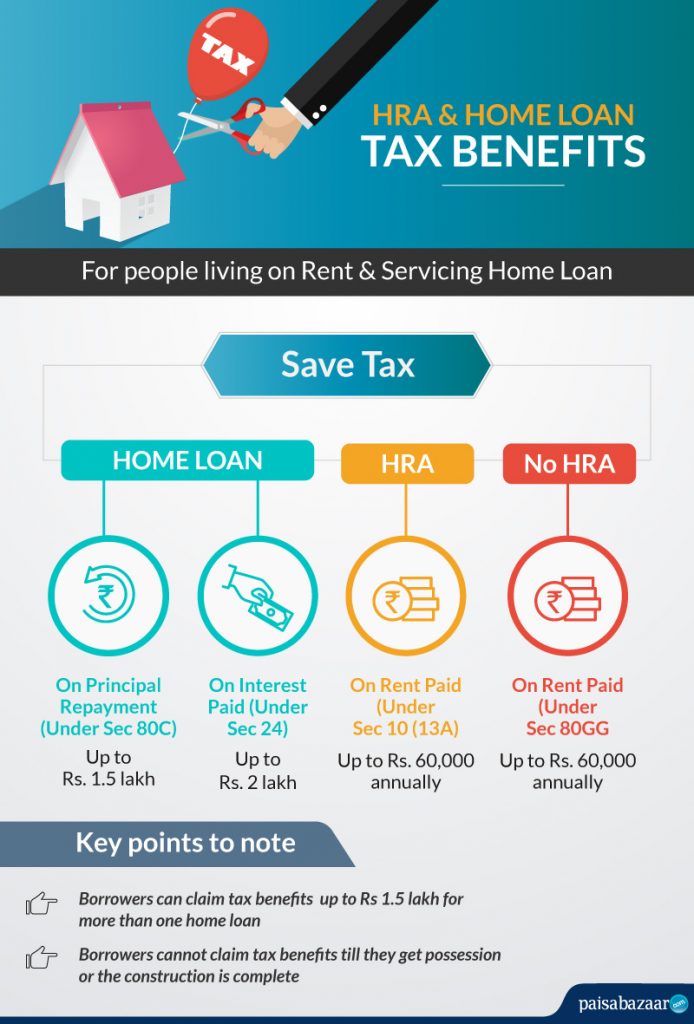Table of Content
According to HMRC, since April,2021 almost 800,000 employees who have been working from home during the pandemic have already claimed tax relief on household related costs. If you pay your tax via self-assessment, you can’t claim the working from home allowance through the portal. HMRC have set up a specific online portal where you can claim working from home tax relief. At a rate of £6 per week, HMRC working from home allowance might not sound like much. But if you were required to work from home for even just one day during the lockdowns, you could be due for a nice chunk of change in the form of tax relief.

But the rules on claiming tax relief for additional household costs you incur when working from home have changed. So read on to find out if you’re still eligible to claim up to £140 per year and whether can you still backdate your claim. The term ‘remote work allowance’ can also be used to refer to tax deductions that remote employees can claim, but we’ll cover this in more detail later. For now, we’re focusing entirely on remote work allowances in the context of monetary sums paid to workers by employers. So an employee paying 20% basic rate tax claiming the £6 a week would receive £1.20 a week in tax relief (20% of £6 a week) towards the cost of their household bills.
Working from home? Customers may be eligible to claim tax relief in 2021 to 2022
Small business cash flow top tips, techniques and tools – plus advice on managing cash flow from financial professionals. Basic rate taxpayers receive 20% of the £6 per week figure, which is £1.20. The amount of tax relief you can receive is proportionate to the tax you pay. Remember that HMRC specifies that you cannot apply for expenses that affect your private life, even if there is a crossover. This applies to those claiming working from home tax relief Scotland, and working from home tax relief Wales, along with those in Northern Ireland. Unfortunately, working from home tax relief Ireland is totally different since it is not part of the UK.
However, the excess will be considered a taxable benefit and, thus, will not be included in the tax exemption. It’s important to research the situation in your own country to make sure that you sit on the right side of the law. In New Zealand for example, only self-employed people can claim remote work allowances in the form of tax deductions. From 6 April 2020, the amount employers have been able to pay tax-free without employees having to provide evidence of an increased bill is up to £6 a week. Employees who have not received the working from home expenses payment direct from their employer can apply to receive the tax relief from HMRC. If employed workers were told to work at home by their employer because of coronavirus and, as a result, their household costs have increased, they are eligible to claim the working from home tax relief.
How a Global PEO Can Help You Manage Remote Work Stipends
You should note that employers are not legally obliged to make this payment to their employees. Provided you reimburse employees for qualifying expenses at HMRC’s benchmark scale rates, your employees will not incur income tax or National Insurance charges on the allowances they receive. Similarly, any expenses you reimburse qualify as allowable business expenses and are deductible from Corporation Tax charges.

Generally speaking, remote workers can claim tax relief or deductions for things like utilities, Internet bills, cost of equipment, furniture, and even rent. If employees were required to work from home last year but did not claim for the tax relief, they have not missed out; HMRC will accept backdated claims for up to 4 years. They will receive a lump sum payment for any successful backdated claims. ExampleIf you pay the 20% basic rate of tax and claim tax relief on £6 a week, you would get £1.20 per week in tax relief (20% of £6).
What is the Working from Home Allowance?
Simply scan your receipt there and then in order to lock it in and when you’re ready to make a claim, watch your organisational worries disappear. Visits to a conference, exhibition or training session related to an employee’s work. Visits to a place where you can only carry out the work if you make the trip. An employed electrician travelling to a building site, for example, or a surveyor visiting premises to carry out an inspection would qualify. Visits to a temporary workplace that an employee has to attend to carry out the duties of the employment. Visits an employee has to make in the performance of the duties of the employment.
During Covid-19, many people worked from home and some employers opted to offer them extra reimbursement for diverse additional costs, for example, extra heating costs, coffee, tea and stationery. In 2021 this reimbursement had to be booked to the discretionary space of the Works Costs Ruling but in January 2022 the Dutch government introduced the possibility for a fixed tax-free WFH allowance. You may have extra costs when you are working from home including heating, electricity and broadband costs. Your employer can pay you a contribution towards these costs or you can make a claim for tax relief during the year or after the end of the year. So far, we’ve looked at remote work allowances and remote work stipends as financial payments that are by companies directly to workers. Based on the proposal, as of 2022 you may reimburse home-working costs under the specific exemption, up to 2 euros per day worked from home.
Tax free allowance for working from home
For example, an employee could be working on a customer’s site for several weeks or might be posted temporarily to another company location for a short or long period. In those situations, the employee will incur expenses for meals and accommodation. We've explained everything you need to know about claiming work from home tax relief below. In order to compensate for these costs, last September the government announced the new tax-free work from home allowance , which came into effect on January 1, 2022.

In some instances, your employer may provide a special allowance to cover the costs of this. Your employer will need to determine if this allowance is taxable or not. Some employees work one part of the day at home and the other part at the office. Here, the employer chooses to either give the working-from-home allowance or the travel allowance (0.19 cents per kilometre).
After research by Nibud, the amount of the working-from-home allowance is fixed at a maximum of 2 euro per day or part of a day worked from home. The tax-free travel allowance keeps existing and is fixed at 0,19 cents per kilometre. And most importantly, the employer can give the working-from-home allowance or the travel allowance per day of work. Under Dutch law, employers can now provide their workers with a tax-free allowance of up to two euros per day. If the employer provides an allowance instead of a reimbursement, the stipend would be recognized as an income and would need to be included in the worker’s tax return.

Effectively, the government reimburses the cost in the form of a tax credit for working from home. Since graduating with a business degree over 12 years ago I have been helping businesses grow, by sorting their finances and providing great advice. In 2014 I became a Chartered Certified accountant and have worked in various sized accountancy firms, from traditional top 20, to up and coming online accountants. Expenses on journeys do not qualify if they represent ordinary commuting to an employee’s main workplace or private travel. The shortcut method is just one of three ways available to work out your deduction for working from home expenses. For more information about what you can claim and the other methods available, see Working from home expenses.
We want everyone who’s eligible to benefit, so we’ve made it quick and easy to do online. Check if you’re eligible and apply at GOV.UK by searching ‘working from home tax relief’. HM Revenue and Customs is accepting tax relief claims for working from home due to coronavirus during 2021 to 2022.


No comments:
Post a Comment